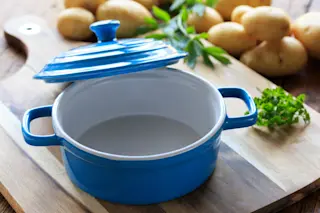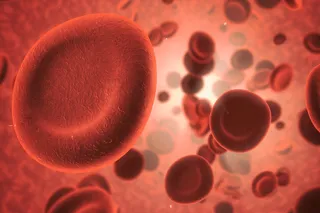In the midst of an ongoing apocalyptic reality that never seems to end, what’s in your pots and pans might be the last thing on your mind. But now, more than ever, it might be time to take stock of what’s in the kitchen and make sure it’s safe to cook on.
In recent months, there’s been an unprecedented return to the home kitchen. In a survey of 1,000 people by the International Food Information Council, half said they were more likely to cook a meal from scratch than they had been at the beginning of the pandemic. Thirty percent said they tried new recipes.
At the same time, a growing number of consumers are seeking cookware that will get the job done and limit their exposure to humanmade industrial chemicals. But how do the different options on store shelves stack up in terms of health, environmental impact, durability, and ...














